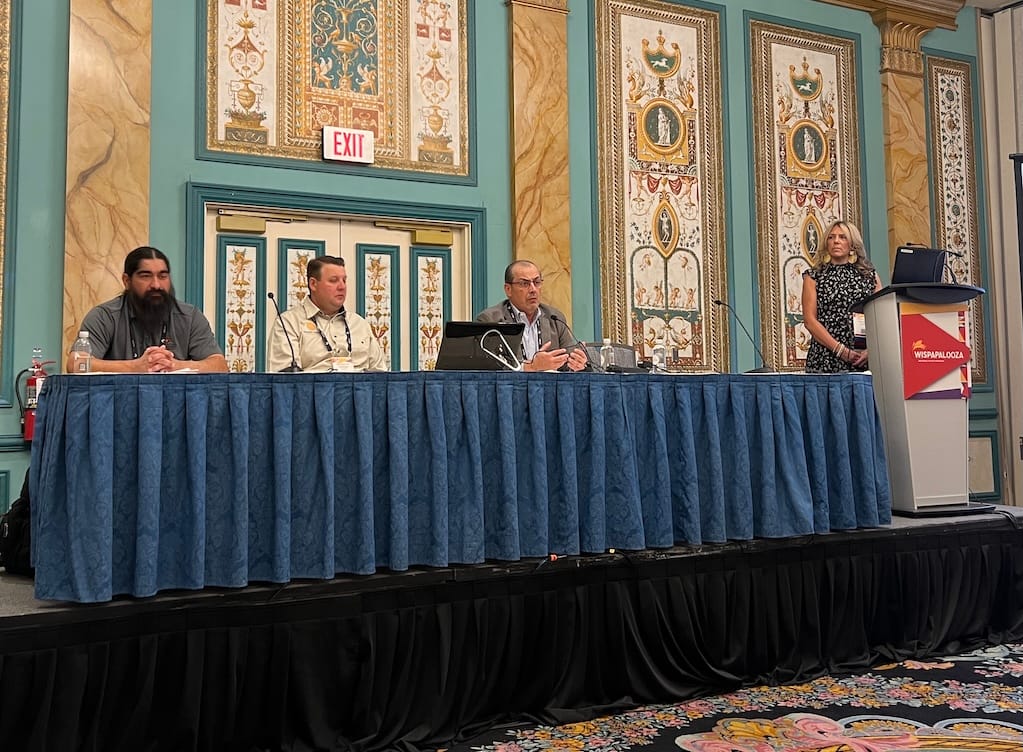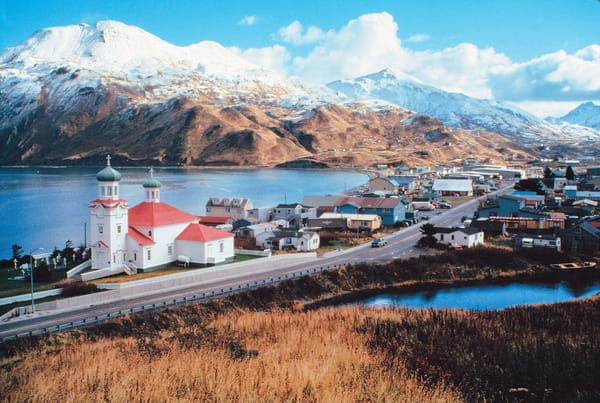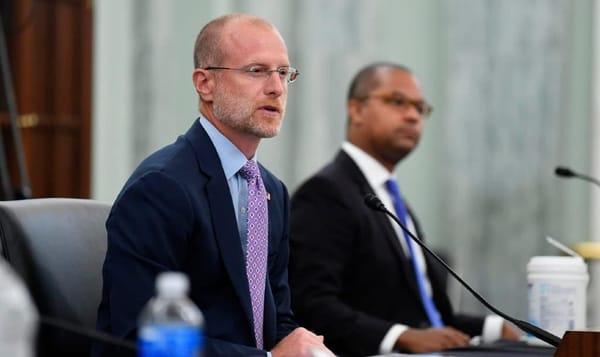Infrastructure Projects on Tribal Lands Must Consult Tribal Governments: Wispapalooza
Providers should hold the sales pitch and listen to the needs of a given tribe, they said.

Providers should hold the sales pitch and listen to the needs of a given tribe, they said.

LAS VEGAS, Oct. 17, 2024 – Broadband providers looking to deploy infrastructure on Tribal lands will have to consult with Tribal governments, as do FCC license holders looking to put a tower on lands a tribe has an interest in.
Panelists at WISPAPALOOZA urged providers to avoid the usual sales pitch and frame projects in terms of how they can meet the specific needs of a given Tribal community.
“One of the biggest things I would tell anybody trying to approach a tribe is: Don’t just have a salesperson go,” said Joseph Peralta, a network coordinator at the Southern California Tribal Chairman’s Association. “Have a salesperson, have a technical person, and also try to have a tribal liaison, because that’s going to really help you deal with the Tribal government.”
David Jermakian, president of a consulting firm that works on Tribal broadband projects, agreed that going in with a sales pitch was “the last thing in the world you want to do.”
Tribes have also dealt with less good-faith approaches from ISPs. In August, the Institute for Local Self Reliance published a report in which Tribal governments and providers described companies moving forward with projects on their land without seeking their input.
“Each tribe is its own sovereign nation and needs to be treated as such,” he said. “You have to be able to understand their needs and where they’re coming from, as opposed to trying to impose upon them what you’re trying to sell or what you want them to know.”
For broadband projects funded by Infrastructure Act programs like Middle Mile and BEAD, Tribal governments with an interest in the land will have to be consulted. The Commerce Department is handling that outreach for participants.
Some tribes are also opting to build and operate their own networks, in part with funding from the Infrastructure Act’s $3 billion Tribal broadband program and from state programs in places like California and New Mexico.
Jarmakian emphasized continuing lines of communication amid disagreements. He pointed to a project in the Dakotas he worked on in which a tribe objected to a tower going up too close to a mountain with religious significance. While that initially seemed unusual to him – the tower was seven miles away – Tribal leaders explained the red lights would disrupt ceremonies still being practiced on the mountain.
“Once that became clear, the solution was ‘Oh, we need a different lighting style,’ which they agreed to and everything was fine,” he said. “Information flowing both ways is always key.”

An undersea fiber break was repaired in Alaska, pointing to concerns over GCI outages and subsea connectivity.

The Maryland Bar can reject claims without first hand accounts, despite FCC Chairman Brendan Carr’s public comments.

CEO Jonathan Spalter urged less red time and linked broadband expansion to the 250th anniversary of America.

The company had been required to unlock phones after 60 days.
Member discussion